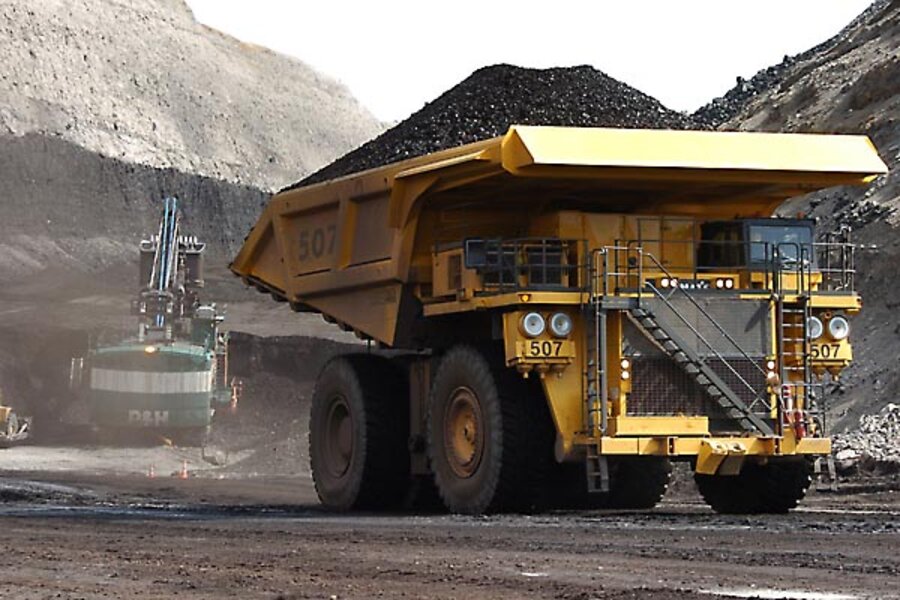Is this the beginning of the end of coal?
Loading...
Arch Coal (NYSE: ACI) reported a big loss for the fourth quarter of 2013, its eighth straight. The numbers came in lower than many analysts expected and the company continues to struggle amid declining revenues. Arch posted a loss of $0.45 per share with revenues of $719.4 million. Part of the blame, according to Arch, was from a rail outage in the Powder River Basin and “geological” problems in Appalachia, which contributed to lower revenues.
With coal demand slumping, Arch Coal’s stock price has been in freefall since 2011. It closed at $4.01 on February 3, down from the pre-recession highs of $70 per share, and even much lower than $35 per share just three years ago. Arch Coal’s struggles mirror the sector as a whole. Shale gas is increasingly the fuel of choice for utilities as they make the switch away from coal to fire their power plants. In 2013, the coal industry produced only 984 million tons of coal, the first time since 1993 that the industry produced less than one billion tons. (Related article: Why Coal will Remain the Basis of Electricity Generation for Most of the World)
However, the company believes it may be poised for a bit of a comeback. Natural gas prices have more than doubled since their lows nearly two years ago and they have continued on an upward trajectory from the remarkably cold weather in the northeastern United States. Record-low temperatures have led to high demand, and Henry Hub prices have rapidly jumped above $5 per million Btu. And with infrastructure bottlenecks, regional natural gas prices have temporarily spiked far beyond those levels.
This, Arch Coal believes, will allow coal to regain lost ground. For power generation, the U.S. burned through an additional35 million tons of coal in 2013 compared to 2012 as higher natural gas prices prompted a coal bounce back. Moreover, prices for metallurgical coal (used for steelmaking) may be unsustainably low. Arch reported sales of metallurgical coal that were lower than even what was considered on the low end of expectations. But, the coal industry hopes that as demand catches up with supply, prices will again rise.
Some investor analysts agree, and think that the coal industry is set for a comeback. That may be the case in the short-term, but the longer-term picture is much shakier. A coal resurgence is based on the belief that the downturn over the last three years has been cyclical, and if the industry can just weather the bad times, it will turn out OK. To do this, companies have reduced capital expenditures in order to straighten out their balance sheets while waiting for better days. Arch’s CEO John Eaves played down the losses and assured investors a rebound is coming, “Our goal in 2014 will be to once again tighten our belts to reduce cash outflow further and increase operational efficiencies…With signs that a rebound in U.S. thermal coal demand and pricing may be forthcoming, we are managing our operations in a manner that will enable us to benefit from that rebound as it occurs." (Related article: Chinese Regulator Warns about Credit Risks of Coal Companies)
But what if the coal industry’s struggles are not cyclical, but structural? The spike in natural gas prices may be an aberration. More importantly, forthcoming regulations on toxic mercury from the Environmental Protection Agency will put dozens of coal plants out of business. The much more significant limits on greenhouse gases from existing power plants may eliminate many more. Even if Congress or a new administration delays or prevents some of these regulations, at a minimum it is unlikely that utilities and investors will finance the construction of any new coal-fired power plants in the foreseeable future. This points to a structural decline, not a cyclical one.
Original article: http://oilprice.com/Energy/Coal/Coal-Industry-in-Structural-Decline.html







